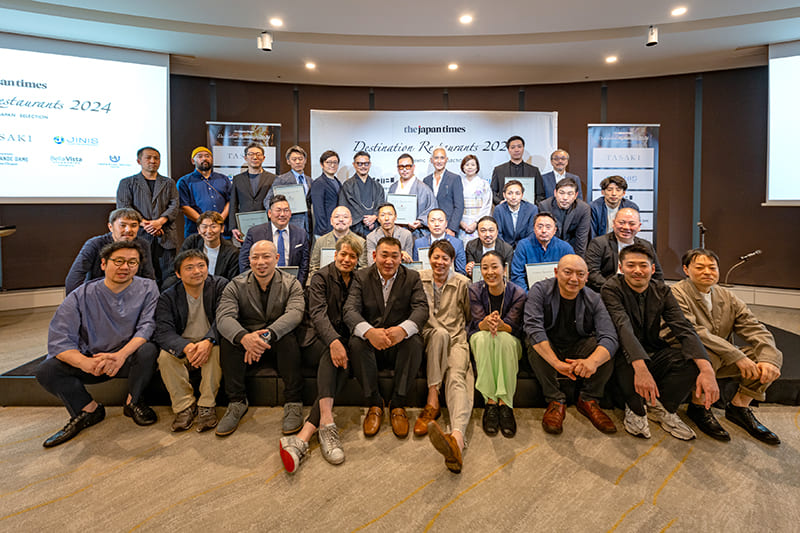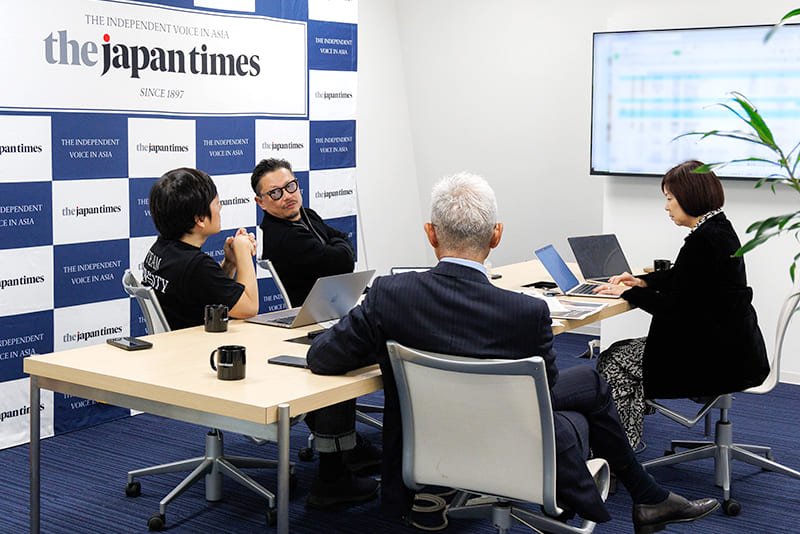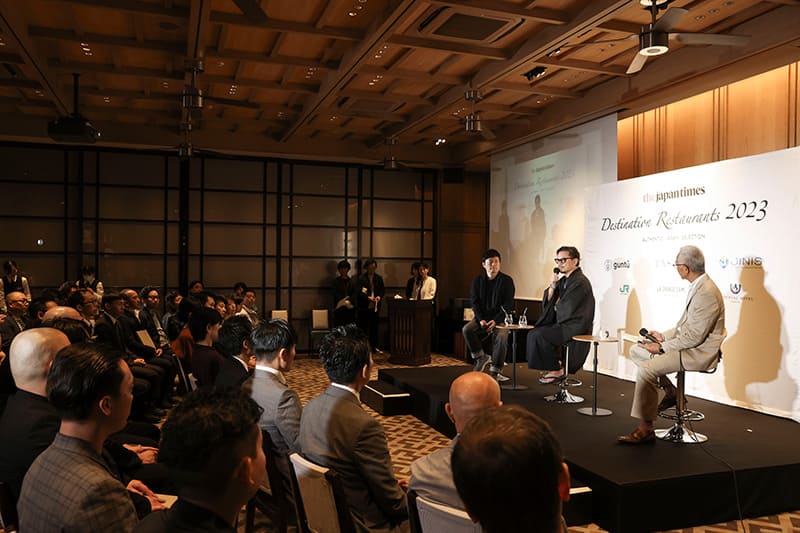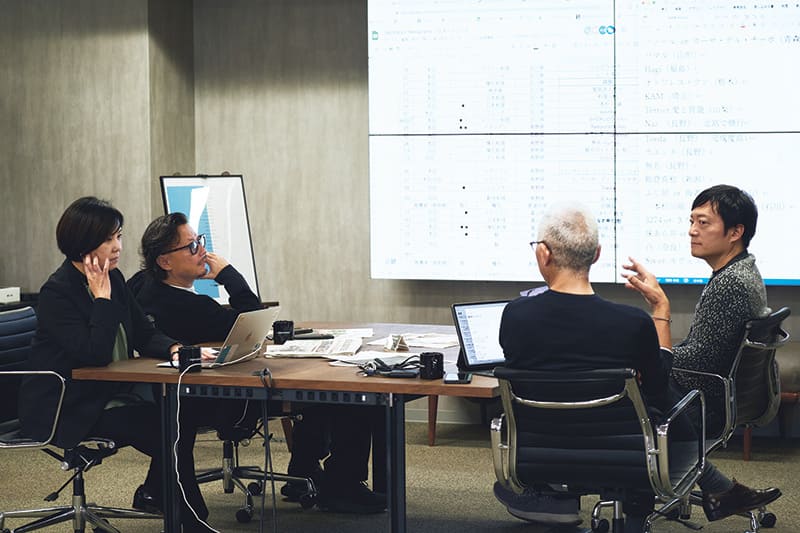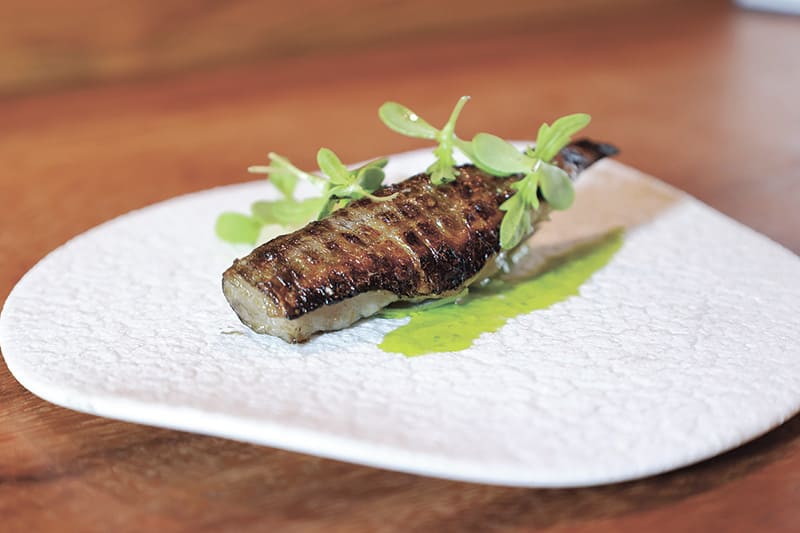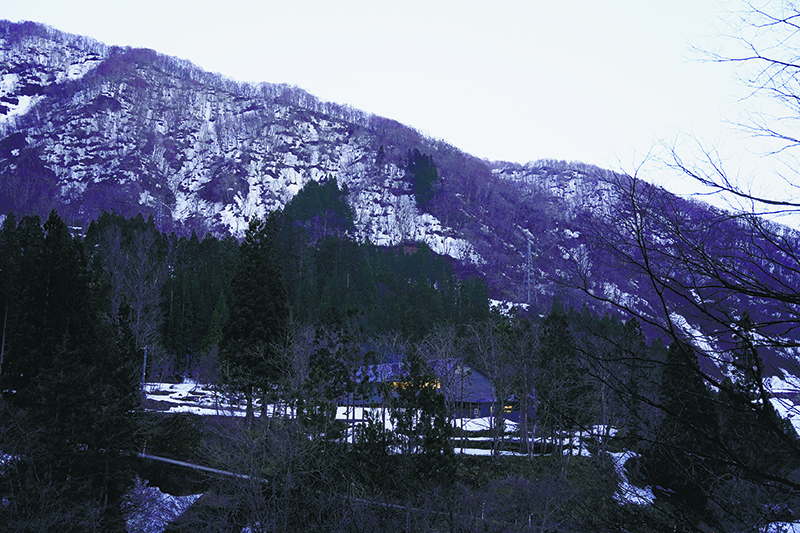June 24, 2022
Judges assess progress — and potential
COMMITTEE
In mid-April, the selection meeting for Destination Restaurants 2022 was held at the headquarters of The Japan Times in Tokyo’s Chiyoda Ward.
Judges Yoshiki Tsuji, Naoyuki Honda and Takefumi Hamada, who had been out and about sampling restaurants all over Japan since last year’s edition, commenced their deliberations with a carefully selected shortlist of just over 60 restaurants. The 10 restaurants chosen last year were ineligible.
“Great sushi restaurants have existed in regional areas for a long time, but recently the regions boast even great French and Italian restaurants, and so the options for choosing a restaurant at your travel destination are growing,” commented Hamada during the discussion, and sure enough, the names of Western-style restaurants dotted from Hokkaido to Kyushu cropped up frequently. High praise was reserved for restaurants whose innovative chefs draw on locally developed cooking methods and ingredients, such as Hokkaido’s Yoichi Sagra and Nagasaki’s Villa del Nido, which offers an Italian sublimation of Japanese ingredients like native rice varieties and iriko (dried baby sardines).
Honda pointed out an interesting trend: “In the past, it was the chefs who raised the level of the local producers, but recently the opposite is happening, with producers raising the level of the restaurants in their area.” One restaurant that was highlighted in this regard was Chakaiseki Onjaku in Shizuoka, which serves fish from the high-quality purveyor Sasue Maeda Fish Shop. Lively discussions continued in this vein for several hours, with the judges agreeing to prioritize “restaurants that will grow in the future” and restaurants where “a story is told through the food.” Eventually they arrived at a final list of 10.
The next task was to decide on the Destination Restaurant of the Year 2022, and the unanimous choice was the Italian restaurant Villa Aida in Wakayama Prefecture. Tsuji said its chef, Hiroshi Kobayashi, is “currently one of the top 10 most accomplished cooks in the country and has a solid culinary philosophy. He has a powerful voice with dishes that are deeply rooted in his region. He is like Michel Bras in France.”
And of course, even with this year’s decisions made, the food culture of Japan’s regions, including the 50 or so wonderful restaurants from all corners of the country that missed this year’s selection, will continue to evolve.
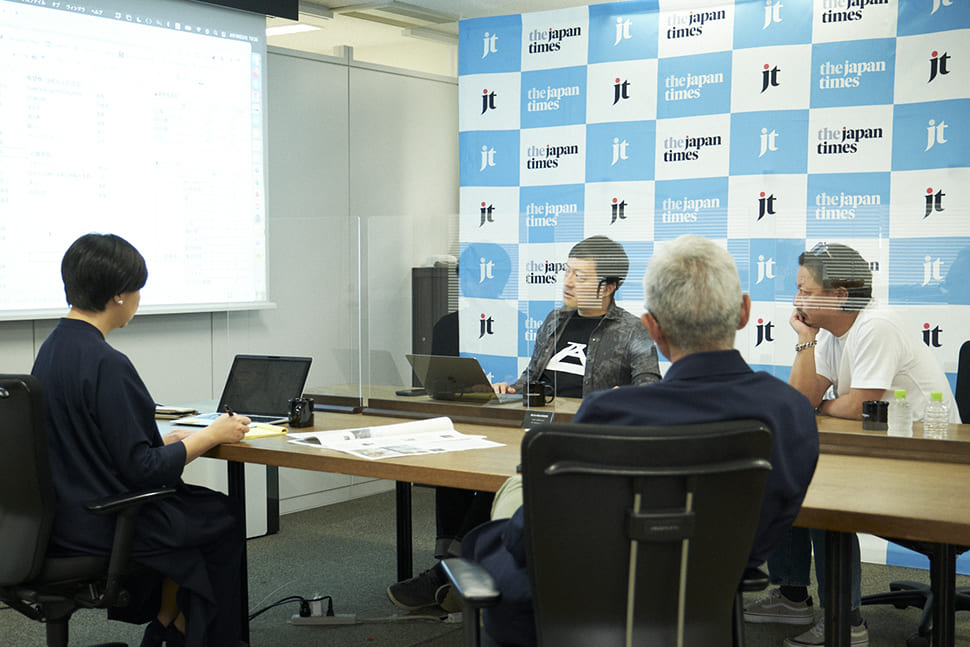
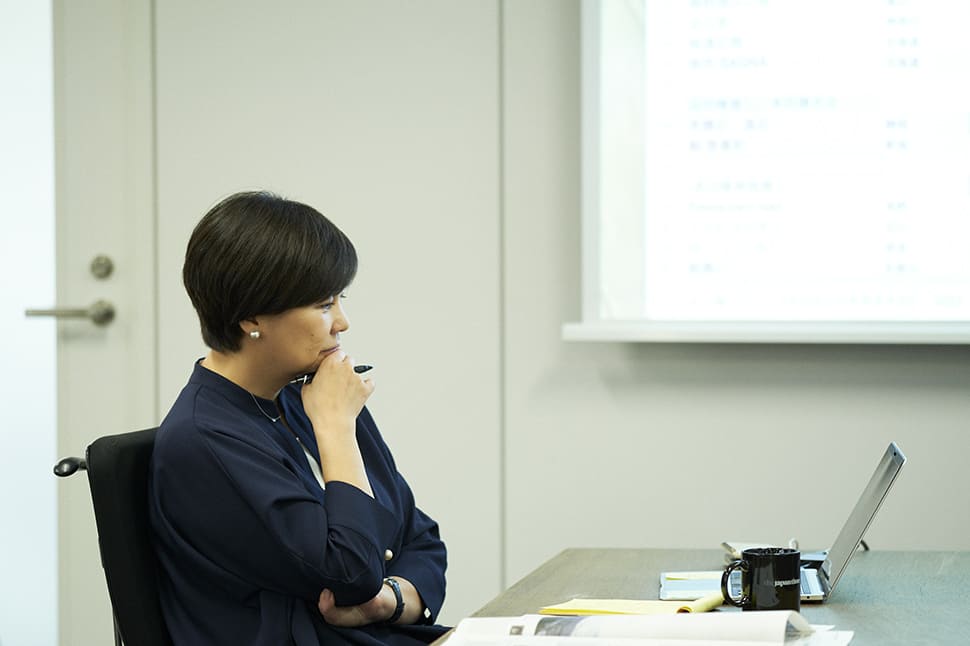

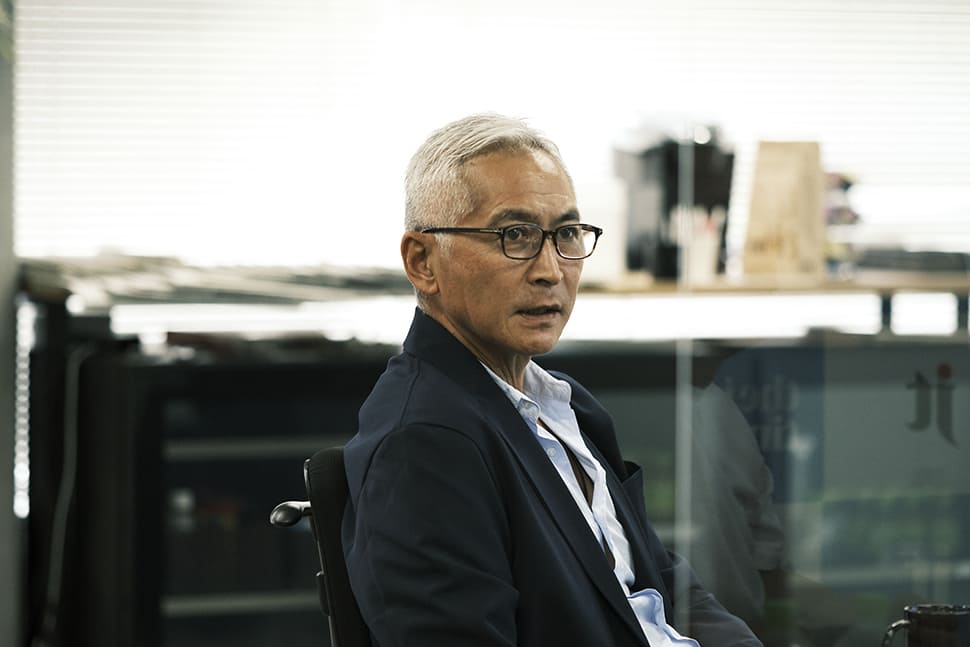
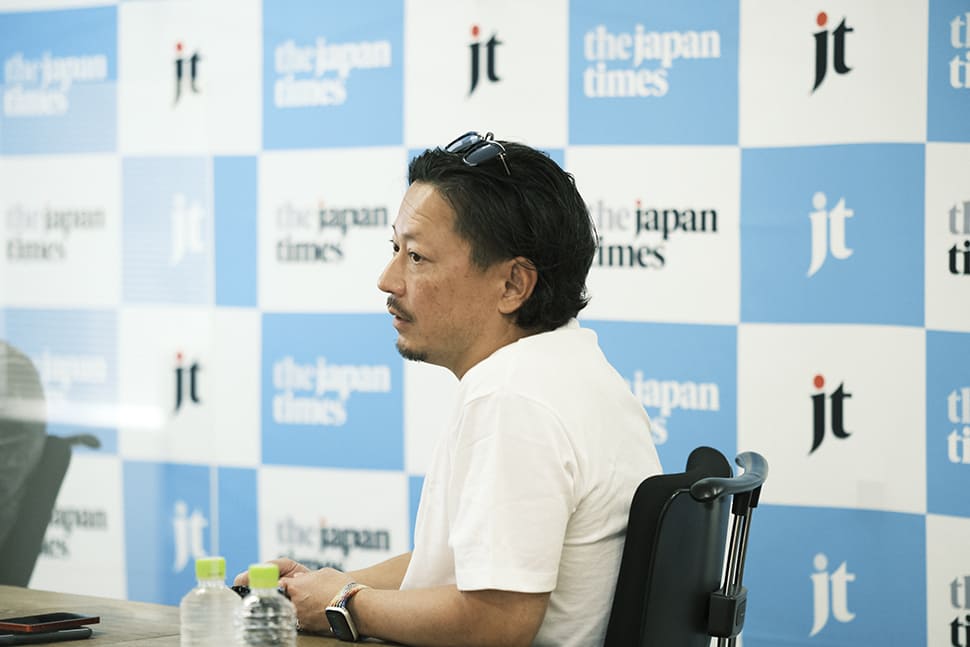
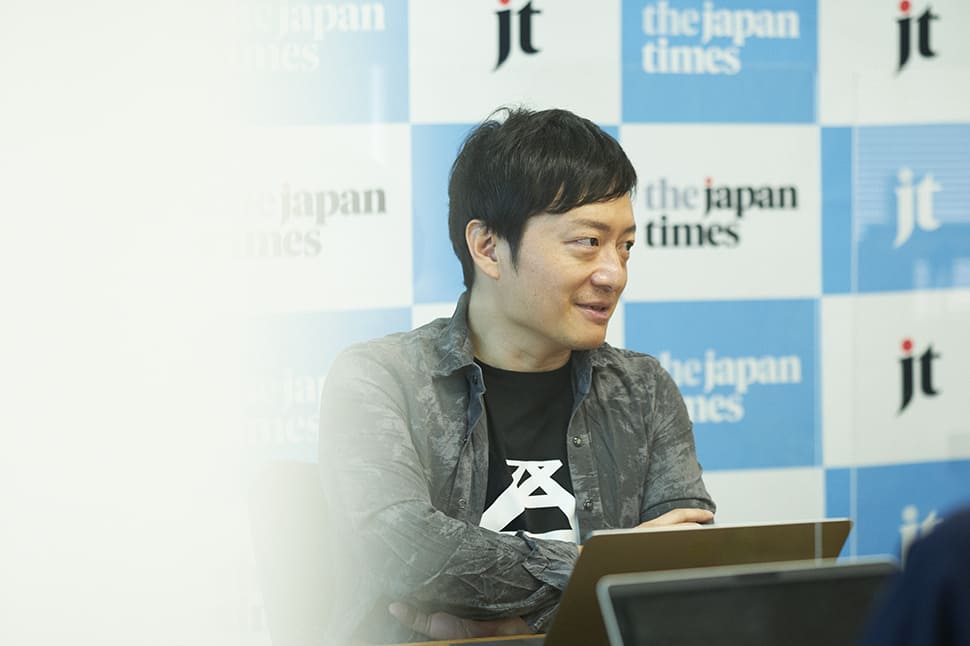
Comments by the three judges
YOSHIKI TSUJI

Headmaster of Tsuji Culinary Institute and president of Tsujicho Group
Yoshiki Tsuji heads schools in Osaka, Tokyo and France that groom would-be food professionals, sending over 140,000 graduates into the food service industry in Japan as well as abroad. At the G20 Osaka summit in 2019, he served as executive producer of a dinner for heads of state. He has contributed to the development of food culture, serving on a committee screening nominees for the Japanese Ministry of Agriculture, Forestry and Fisheries’ Ryori Masters (Masters of Cooking) award program. He has also lectured in various places in Japan and overseas. Tsuji was awarded France’s National Order of Merit in 2018.
While it is true that regional restaurants will often be difficult to access, that is all the more reason to cherish the scenery you encounter on the way there and back. Whether it is coming across a butterbur sprout in the snow, or just feeling the season with all your senses, the journey constitutes a delight in itself that city restaurants simply cannot offer. And of course it makes the joy of actually eating the food that much stronger.
Fortunately, in the last 15 years or so, there has been a renaissance in food that has greatly refined the offerings of regional Japan, with techniques from all manner of genres adopted. But this didn’t happen overnight. The concept of gastronomy as an art form, which is considered obvious in France, was finally accepted in Japan, and as a result cooks and producers spontaneously started pursuing better products based on their own local histories and climates.
It’s wonderful to be able to tell people about this change through Destination Restaurants. You can’t advance food culture just by talking about your own personal taste. For example, take a regional chef like Ishikawa, who is a graduate of our Tsuji Culinary Institute. With his L’Atelier de Noto, the chefs and the customers there will be thinking about questions like: Why this region? Why these ingredients? Why this dish? What kind of philosophy is behind it? True gastronomic tourism is possible only when both cook and eater are thinking about these things. That’s how you get the authenticity of the region, and how you establish the ideal place for the chef to show off their skills. It’s still early days right now, but there’s potential here to sell Japan’s delights to the world.
NAOYUKI HONADA
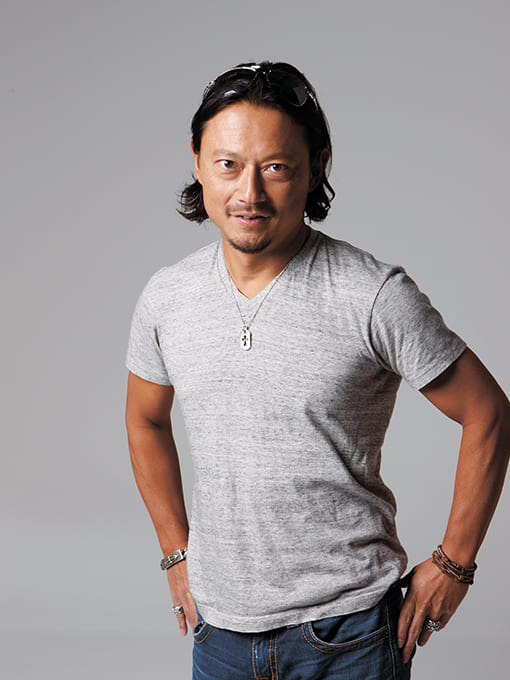
President and CEO, Leverage Consulting Inc.
Based in Hawaii and Tokyo, Naoyuki Honda leads a life under the motto of mixing business with pleasure, traveling around regions across Japan and Europe, as well as other parts of the world. He has written over 75 books, which have sold over 3 million copies. Notable titles include “Naze Nihonjin Shefu wa Sekai de Shobu Dekita no ka” (“Why These Japanese Chefs Have Been Successful in the World”). He daily pursues food, whether it is from street stalls, local cuisine or dinner at three-star restaurants. Honda has produced events such as “Dream Dusk,” featuring multiple leading chefs, and “Inspire by Relux,” an event in which participants stay at a luxurious ryokan inn Japanese-style hotel.
Iwas still out there eating two days before the selection meeting. Before COVID-19, I would spend five months of the year in Hawaii, two months in Asia and Europe, and the rest in Tokyo and other places in Japan, but since being involved in the first Destination Restaurants last year, I’ve had a strong desire to learn more about Japan.
I spent half of the past year in Tokyo and half in regional areas, and once again I was able to experience the richness and depth of Japanese food culture. For example, I learned that the fermentation technique used at Satoyama Jujo in Niigata was born from traditional techniques to preserve food in remote villages that became snowed-in during winters. So today’s chefs are learning the techniques and ingredients that were born from these local climatic necessities and reinventing them in contemporary dishes. I also learned that fermentation and preservation methods differ between extremely cold and milder regions. You don’t realize that sort of thing unless you actually visit these places.
So it is not just that the restaurants are tasty, it’s that they serve to satisfy our curiosity. That is how they are able to convey food culture. It’s true that with many regional restaurants there will be drawbacks, like they are difficult to reach by public transportation, or they have a poor selection of alcohol, or there are no good accommodations nearby. And yet restaurants like Dewaya in Yamagata Prefecture give you a sense of experiencing their evolution firsthand, and that’s what makes them attractive. You just know that they are going to get better and better.
TAKEFUMI HAMADA
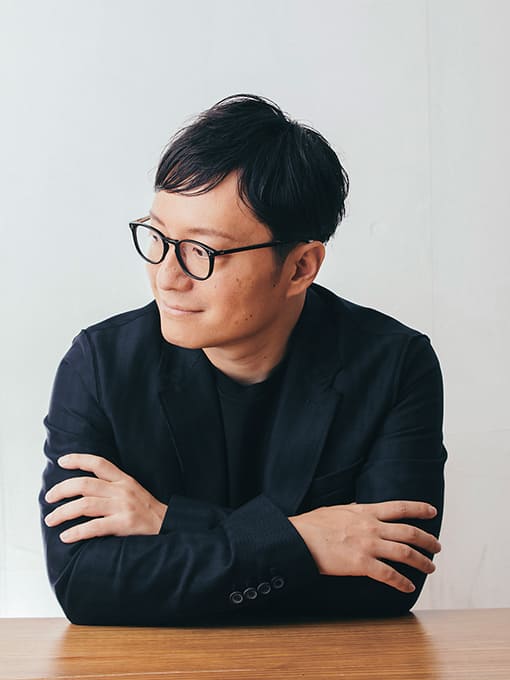
CEO, Access All Areas Inc.
Takefumi Hamada has been the restaurant reviewer ranked No. 1 for three consecutive years as determined by Opinionated About Dining’s OAD Top Restaurants, having dined at the best restaurants in 120 countries and regions around the world. He is an adviser to businesses in entertainment, food and hospitality, as well as an investor in food technology startups. Hamada has a background in finance, starting his career as an investment banker before moving on to private equity. He holds a B.A. magna cum laude (with great honor) in political science from Yale University.
In the period of one year, I visited 700 restaurants — 300 of them were overseas, 200 in Tokyo and 200 in regional Japan — and I can tell that nowadays, social media makes it easier to disseminate information, so even if a restaurant is in a remote location, if it is good then someone will post about it and potential diners will learn about it immediately.
This is good news for people running restaurants in the regions, given that without money-paying guests a restaurant simply cannot sustain itself. Partly because of this, the number of ambitious regional projects by young chefs has increased in recent years, such as Akai in Hiroshima. Likewise restaurants like Don Bravo in Chofu, a city that is located in Tokyo but outside the 23 wards, and as such is not that easy to get to and is generally excluded from city restaurant guides.
In Destination Restaurants, I am also keen to shed light on restaurants in the suburbs of Tokyo (including Chiba, Saitama and Kanagawa prefectures), which are often overlooked because they are neither in the city center nor in regional areas. Too close to visit by shinkansen but far by regular train, they are at a disadvantage. Then there are restaurants like Kamakura Kitajima. The city of Kamakura is known as a tourist destination, but not really for its restaurants, and now a restaurant comes along that in the space of one year has proved so popular it is booked out three months in advance. With a single restaurant attracting people like that, it is bound to contribute to invigorating the economy.
地域に根ざし、哲学をもつ料理人が日本の未来を変える
4月中旬、千代田区にあるジャパンタイムズ本社にて「Destination Restaurants 2022」の選考会が行われた。辻芳樹氏、本田直之氏、浜田岳文氏の3人が、対象店(昨年選出された10店は除外)を60店強まで絞り、議論が始まった。
「昔から地方でも寿司の名店はあったが、最近はフレンチやイタリアンも目立ってきた」と浜田氏。札幌から余市に移転した北海道「余市 サグラ」や日本の食材をイタリアンに昇華させた長崎「ヴィッラ デル ニード」などがランクインした。また、「生産者が中心となって地域の飲食店のレベルを上げる例が見られる」という本田氏の発言に当てはまる、「サスエ前田魚店」の魚を主力に扱う静岡「茶懐石 温石」も入選。「食を通して物語を感じることができる店」を基準に、今後の期待も込めて10店を選出。そして、満場一致で和歌山「ヴィラ アイーダ」が「The Destination Restaurant of the year 2022」に選ばれた。「小林寛司シェフは現在、日本で10指に数えられる技術力をもつ料理人で確固とした哲学を持っている」と辻氏。こうしている間も、日本各地ではレストランがさらに進化を続けている。
Return to Sustainable Japan Magazine Vol. 13 article list page

